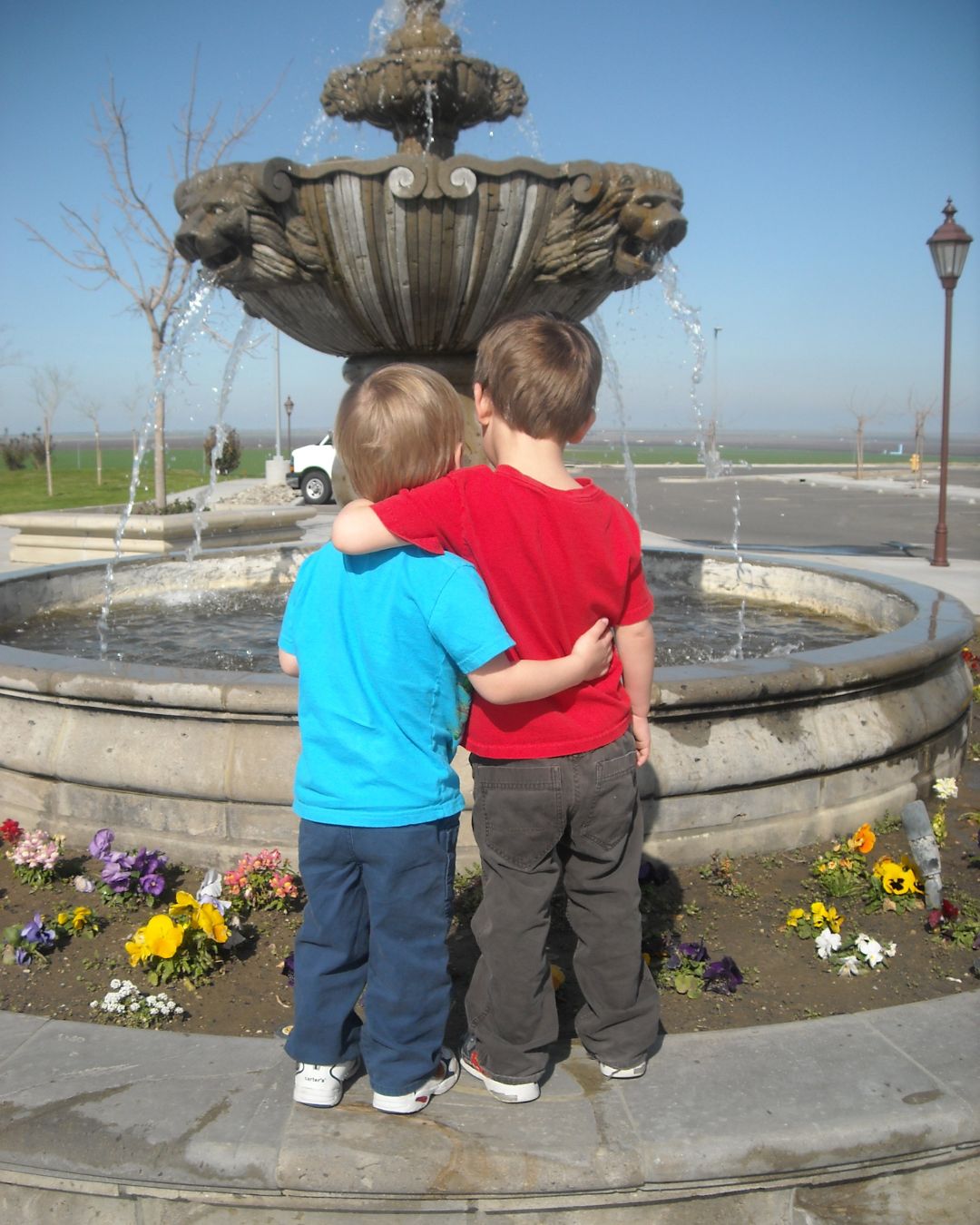

When it comes to Quality of Life in Assisted Living Communities, there are many factors that can impact residents' happiness and well-being. From the cleanliness of the facilities to the friendliness of the staff, these all play a role in determining how satisfied residents are with their living situation.
Get the news view right now.
One important factor is the level of social interaction available to residents. If they feel isolated or lonely, this can greatly affect their overall quality of life. Having activities and events for residents to participate in can help combat feelings of loneliness and promote a sense of community.
Another factor is the quality of care provided by staff members. Residents rely on them for assistance with daily tasks, such as bathing, dressing, and medication management. If they feel neglected or mistreated by staff, this can have a negative impact on their well-being.
Additionally, the physical environment plays a role in residents' quality of life. added information available check that. A clean and well-maintained facility can make residents feel more comfortable and at home. On the other hand, if the facility is dirty or poorly maintained, this can create stress and discomfort for residents.
In conclusion, there are many factors that contribute to the quality of life in assisted living communities. By addressing issues such as social interaction, quality of care, and physical environment, we can help improve residents' overall happiness and well-being.
Social interactions and engagement are crucial for elderly residents in assisted living communities. Without them, life can become lonely and boring. It's so important for these individuals to have connections with others, whether it's through activities, conversations, or just spending time together.
When seniors are able to engage with their peers, they often feel more fulfilled and happy. Gain access to more information check this. They can share stories, laughter, and companionship that can make a huge difference in their quality of life. Being isolated and alone can lead to feelings of sadness and depression.
By encouraging social interactions and engagement among residents, assisted living communities can create a vibrant and lively atmosphere where everyone feels valued and supported. It's amazing how much of a positive impact simple conversations or group activities can have on someone's well-being.
So let's not underestimate the importance of social interactions for the elderly in assisted living communities. Let's continue to promote connection and engagement among residents so that they can truly enjoy their golden years to the fullest.
When taking care of your aging parents, it's important to remember that you don't have to do it all alone.. Seeking support from other family members, friends, or professional caregivers can be incredibly helpful in providing exceptional care for your loved ones.

Posted by on 2024-05-08
Social interaction and mental stimulation have a huge impact on elderly individuals' well-being.. They can help prevent loneliness, depression, and cognitive decline.

Posted by on 2024-05-08
Hey there!. So, when it comes to managing medications and health conditions in older adults, one tip that can really help is staying organized.

Posted by on 2024-05-08
Regularly monitoring and followin' up to track progress and adjustin' strategies as needed is crucial in preventin' falls and maintainin' physical mobility in the elderly population.. It's important to stay on top of things and make sure we're makin' progress towards our goals.

Posted by on 2024-05-08
When talkin' about personalized care plans and services in assisted livin' facilities for the topic of Quality of Life in Assisted Livin' Communities, it's important to consider how these factors can greatly impact residents on a daily basis. Ain't no doubt that havin' a tailored care plan can truly make a difference in the well-bein' of individuals livin' in assisted livin' communities.
These care plans are designed to meet the specific needs and preferences of each resident, helpin' them maintain their independence and dignity. Services offered, such as medication management, meal preparation, housekeepin', and social activities, all play a role in enhancin' the overall quality of life for residents.
By customizin' care plans and offerin' personalized services, assisted livin' facilities can create an environment where residents feel valued and supported. This level of individualized attention can lead to increased happiness, improved health outcomes, and a greater sense of community among residents.
In conclusion, personalized care plans and services are essential components of ensurin' a high quality of life for those livin' in assisted livin' communities. By tailoring care to meet the unique needs of each resident, facilities can promote independence and well-bein', ultimately enhancin' the overall experience for everyone involved.


When thinking about how the physical environment and amenities in assisted living communities can improve quality of life, it's important to remember that these factors play a crucial role. Without them, residents might not feel as comfortable or happy.
For example, having well-maintained grounds and common areas can create a sense of peace and relaxation for individuals living there. If the facilities are run-down or dirty, it can have a negative impact on their overall well-being.
Similarly, having access to amenities such as fitness centers, dining options, and social activities can help residents stay active and engaged. Without these opportunities, they may become isolated and lonely.
In conclusion, the consideration of physical environment and amenities is essential in enhancing quality of life in assisted living communities. These factors contribute greatly to the overall happiness and satisfaction of residents. So let's make sure we prioritize them!
Hey there! Let's talk about how staff support and skilled healthcare services can really make a difference in the well-being of residents living in assisted living communities.
First off, having a team of caring and knowledgeable staff members can truly enhance the quality of life for residents. When residents feel supported and cared for by the staff, they are more likely to feel safe and secure in their environment.
Additionally, access to skilled healthcare services is crucial for maintaining the health and well-being of residents. Having healthcare professionals available to provide medical care, monitor medications, and address any health concerns can greatly improve the overall quality of life for residents.
Without proper staff support and access to skilled healthcare services, residents may experience feelings of isolation, neglect, or even decline in their physical health. It's important that assisted living communities prioritize these aspects of care to ensure that residents are able to live fulfilling and healthy lives.
In conclusion, it's clear that staff support and skilled healthcare services play a vital role in enhancing the well-being of residents in assisted living communities. By providing compassionate care and professional medical assistance, these communities can truly make a positive impact on the lives of their residents.

The challenges faced by elderly individuals in assisted living communities can be quite significant. From feelings of loneliness and isolation to difficulties with mobility and health issues, there are many obstacles that can impact their quality of life. However, there are strategies that can help improve the situation.
One major challenge is the lack of social interaction and companionship for elderly residents. This can lead to feelings of isolation and depression, making it hard for them to thrive in their new environment. To address this issue, assisted living communities could implement more group activities and events for residents to participate in together. By fostering a sense of community and connection among residents, they can combat these feelings of loneliness.
Another challenge is the physical limitations that many elderly individuals face. Mobility issues and chronic health conditions can make it difficult for them to engage in daily activities or enjoy their surroundings. To improve this aspect of their quality of life, assisted living communities could provide more access to physical therapy services or exercise classes tailored to their needs. By helping residents stay active and mobile, they can enhance their overall well-being.
Overall, while there are certainly challenges faced by elderly individuals in assisted living communities, there are also opportunities for improvement. By addressing issues such as social isolation and physical limitations through targeted strategies and interventions, these communities can create a more supportive and enriching environment for their residents.